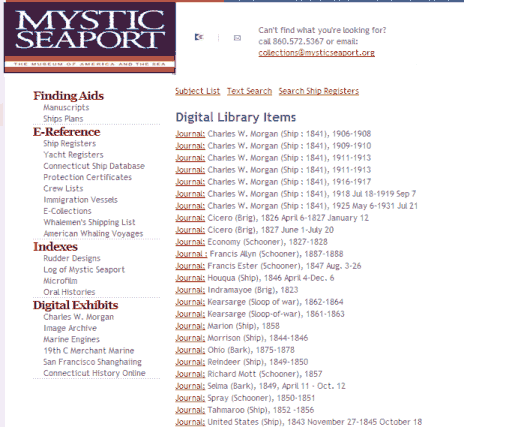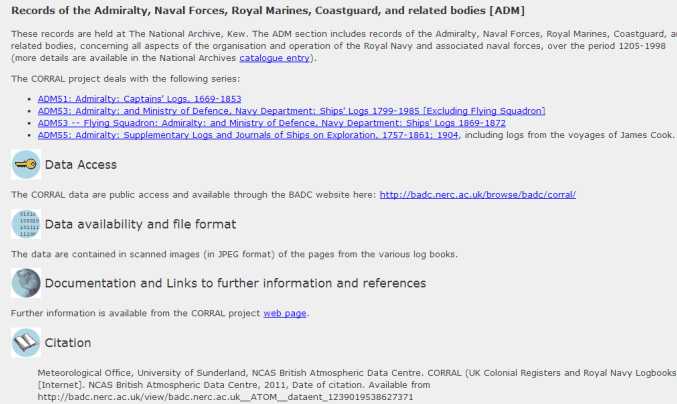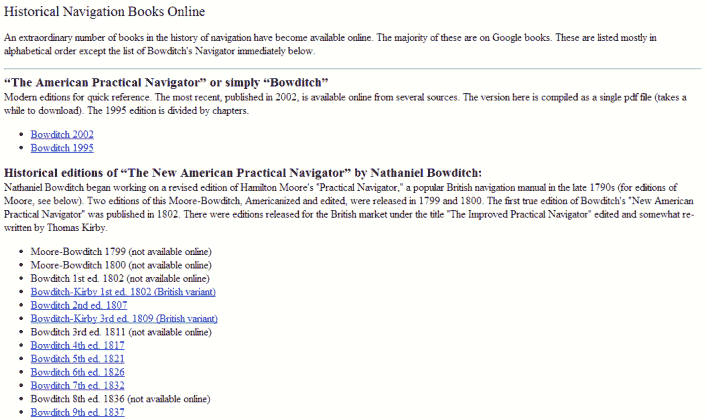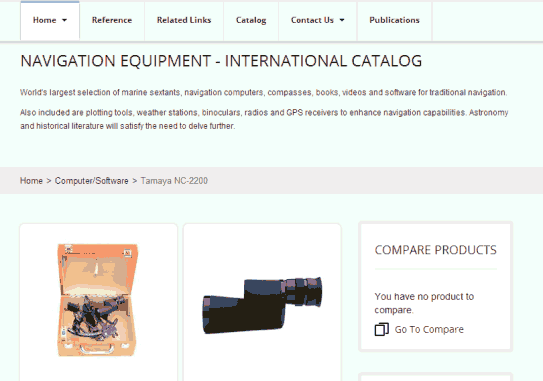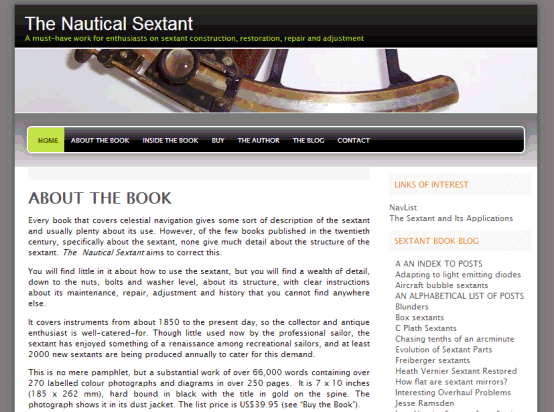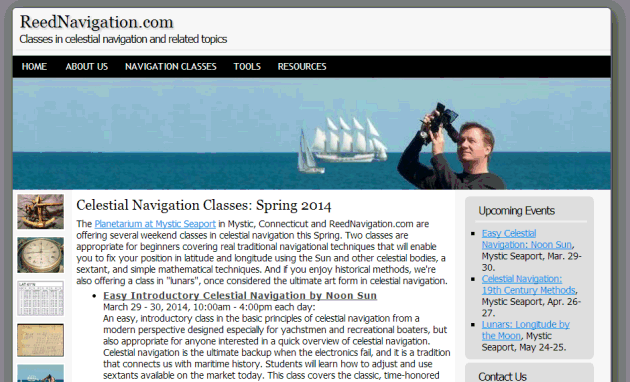
NavList:
A Community Devoted to the Preservation and Practice of Celestial Navigation and Other Methods of Traditional Wayfinding
From: Frank Reed
Date: 2020 Sep 26, 11:02 -0700
Brian Walton, you wrote:
"11 and a quarter degrees. 11.25°. Try that in decimals"
You just did! 11.25° is decimal degrees. I think you have confused the use of "radians" or pure angles with decimal angles or the metric system or something like that. Using decimal degrees has some significant advantages over sexagesimal degrees, minutes, and seconds. I don't know of anyone who has ever suggested that you always need to work with angles in "radians" in celestial navigation in practical problems, except when dealing with certain tools like spreadsheets (where that aspect is trivial anyway). You should, however, work with angles as pure ratios (a.k.a. "radians") when you're trying to derive the equations of navigation. This is a fundamental property of mathematics, and has nothing to do with "decimals" or "units" or any of the cultural things that people love to rant about. For just one example, it is easy to derive and understand the equation for dip if you work in pure angles and then switch to minutes of arc on the very last step.
Fundamentally, all angles are simply ratios. And ratios are merely numbers, without any "units" or special labels on them. The ratio of arc length across the line of sight to distance out to the arc is an angle. The angle is the ratio.
If a ship is passing in front of me at a distance of 10,000 feet (or whatever units you like) and its length is 200 feet. And if the ship's orientation is close enough to perpendicular to my line of sight that I can call that length equivalent to the arc across the line of sight, then the angular size of the ship is simply the ratio: (200 feet)/(10000 feet) or 1/50 or 0.02. Due to a few thousand years of historical legacy, we like to convert these angles, these ratios, to minutes of arc (or degrees, but for navigation purposes minutes are usually more useful). It's as if we always counted the volume of a water tank in percentages as standard units. An angle is still a ratio, still a pure number, not a thing with units, like a length, or a volume, or a pressure --just a number, but mutliplied by a "funny" historical factor. And in the case of angles in minutes of arc, that number is 3738 (*). To convert an angle as a pure ratio into the customary "style" of minutes of arc, you multiply by 3438. So that ship which had an angular size of 0.02 as a pure number would have an angular size of just about 74 minutes of arc (more digits are un-necessary). And as I say, these are not "units" in the strict sense. It's much closer to the idea of a "percentage" as a style for recording numerical values.
I advocate for decimal angles in all of my "modern" celestial navigation classes. It's much easier. Of course, we are stuck with the fact that our sextant micrometers are graduated in minutes of arc, so there's one step of conversion right at the beginning: Hs = (raw degrees) + (raw minutes)/60. Beyond that, the tables are no longer the domain of government agencies, and we can easily get GHA and Dec, e.g., in decimal degrees.
Frank Reed
Clockwork Mapping / ReedNavigation.com
Conanicut Island USA
* Why 3438? Count up the number of minutes of arc in a circle: 360×60. Next work out the ratio of a circle's circumference to its radius (because an angle is that ratio): that's 2pi for a circle of any size. The conversion to minutes of arc from pure angle is then 360×60/(2pi) which is 3437.746... or 3438 for almost all navigational cases. And btw, 3438 is almost exactly the mean radius of the Earth in nautical miles, so it's a handy number to know (this is not a coincidence and results from the original definition of the nautical mile).

